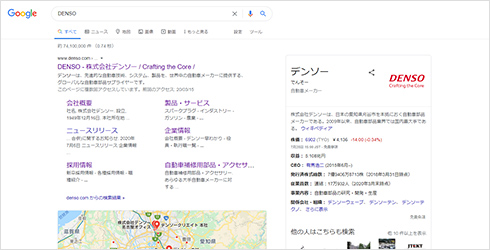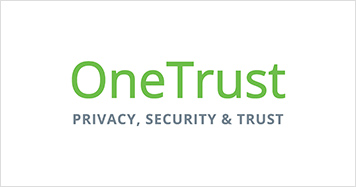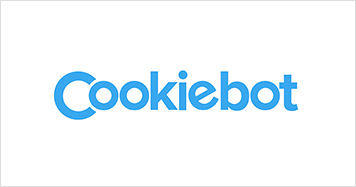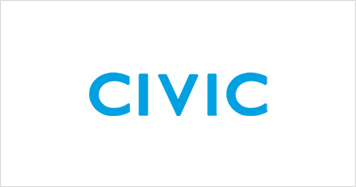Production Requirements
OS and Browsers
Users who visit a website will view the website under different environments. Define the specific OS and browser versions according to the following information before production, and check the displayed site under each environment before and after it is published.
Operation System (OS)
| OS Name | Version |
|---|---|
| Windows | Version supported by the manufacturer |
| Mac | Version supported by the manufacturer |
| Android | Version with the highest global market share |
| iOS | Latest version |
Browsers
| OS name | Browser name |
|---|---|
| Windows |
|
| Mac |
|
| Android |
|
| iOS |
|
Choosing the OS and Browser Version
Please refer to the following criteria when selecting the environment for display verification.
•Support status by browser
•Usage share of web browsers (StatCounter,Net Applications)
Accessibility
Pay attention to accessibility to help users find the information they need regardless of their browser environment or disability.
Accessibility standards are based on levels A and AA under WCAG 2.1. Please check if the criteria are supported considering the content and operational load, and that they are met during the production process.
Good & Bad Examples: 1.4.1 Use of Color (Level A)
Good Example: Pie chart
Use four different colors, including lines, for each colored area. These lines enable users who can't distinguish colors to read the data.
Bad Example: Pie chart
Users may not be able to distinguish colors and properly read data in pie charts that use the same four colors, with only a legend to explain them.
Existing Laws and Regulations of Countries Should Not be Ignored.
Pay attention to the existing laws and regulations of the target country and audience in which the website is being published. For example, the US is under the Americans with Disabilities Act (ADA). The number of lawsuits has increased as users with disabilities could not access websites.
SEO Support
Keep SEO (Search Engine Optimization) in mind and make sure you register your website and contents on search engines so that the users who are searching with keywords can find your website at the top of search results.
To ensure SEO compliance, refer to Google's SEO Starter Guide and review that all items correspond. Please check each item throughout the production process.
*Baidu has the largest market share in China.
This does not guarantee your website to appear at the top of search results. Please understand that it depends on various factors such as the number of competing websites and content.
When Developing in Multiple Languages, Be Sure to Specify the Language.
Add a [hreflang] tag if your website or contents are available in multiple languages. It allows search engines to serve the correct regional or language URLs in their search results based on the searcher's country and language preferences.
Example:<link rel="alternate" hreflang="lang_code" href="url_of_page" />Please use canonical tag in combination if the region is different the language is the same as this may be considered a duplicate content depending on the content
Example:<link rel="canonical" href="https://example.com/dresses/green-dresses" />SEO for PDF Files
The [title] and [subtitle] under properties in PDFs are considered the same as [meta title] and [meta description] in HTML files, which increases the chances of being found on search results.
See here for file formats that can be indexed on Google
Complying with Data Protection Regulations
Laws to protect personal data and privacy have been enacted in various countries, such as the General Data Protection Regulation (GDPR) in Europe and the California Consumer Privacy Act (CCPA) in the U.S. Noncompliance may result in complaints from users and visitors or investigation, guidance, and penalties by the authorities. It is necessary to take special precautions for websites which are created in multiple languages or which target foreign users and visitors. DENSO’s corporate websites comply with the GDPR and CCPA. When creating a new website, consider necessary measures based on the countries and regions where the new website is to be deployed, the type of personal information to be handled and the purpose of using such information. If you are not sure about specific measures to be taken, contact DNJP Legal Div. for advice.
Introduction to Supported Tools
Please find the following key points. It is important to introduce CMPs (Consent Management Platform) with all necessary functions.
Prior consent before obtaining personal data
Disclosure of obtained personal data
Management of obtained personal data
The following are typical CMPs (Consent Management Platform).
Coding Rules
As a basic policy, a markup should follow the website standards and follow its specifications. Other basic rules for coding are listed below
Compliance Specifications
| HTML | CSS | JavaScript | |
| Version | Adopted HTML5 doctype | Adopted CSS3 | Select the appropriate version for each website. |
| Character Code | UTF-8 (without BOM) | ||
| Line Feed Code | CR+LF | ||
Multi-Device Support
Aim to ensure that your site will be viewed on PC, tablet, and smartphone's optimal layout unless the site should be limited to a certain layout environment for a specific reason (ex. a business system that is only used on PCs). Responsive web design is recommended unless there is a specific reason.
Description Rules
Basic Policy
All elements, attributes, and attribute values should be written in single-byte alphanumeric characters.
Do not insert line breaks in margin control.
Leave comments on source code to ensure readability
Link Specification
Do not open a new tab for links to the same domain.
Specify [_blank] for links to subdomains and other domains.
Specify [_blank] for links to PDF and other document files.
Title Tags
Specify a unique title for each page in the title tag. Page titles are displayed on the browser's title bar and in search results on search portals such as Google.
Specify the following as basic settings.
Example: Site Top
<title>DENSO Global Website</title>Example: Category top (second level)
<title>About Us | DENSO Global Website</title>Example: Lower level pages after the third level
<title>Our Strengths | About Us | DENSO Global Website</title>Meta Tags
<meta name="description">Describe the summary that briefly explains the content of the page. Each page should have a unique summary. This summary will be displayed in search results on search engines like Google. The standard amount of text is about 70 characters for smartphones and about 115 characters for PCs. Make sure the summary is roughly within 70 characters.
<meta name="keywords">No settings are required as they do not affect search rankings.
OGP Tags
Set the correct OGP tag to convey the correct page content when shared on SNS, etc.
<meta property="og:title" content="●●●" />OGP tags can be omitted if it is the same as <title>. A description is needed if you want to display something other than the content from <title>
<meta property="og:description" content="●●●" />OGP tags can be omitted if it is the same as <meta name="description">. You need a description if you would like to display something other than the content from <meta name="description">
<meta property="og:url" content="●●●" />OGP tags can be omitted. In exceptional cases where you would like to change the URL of the page, please describe it in the absolute path
<meta property="og:type" content="●●●" />Use [website] only for the top page of the site, and [article] for other pages.
<meta property="og:image" content="●●●" />Set a common image for the site or each page. The file path of the image should be an absolute path.
<meta property="og:site_name" content="●●●" />Describe the site name.







